Category: Uncategorized
-
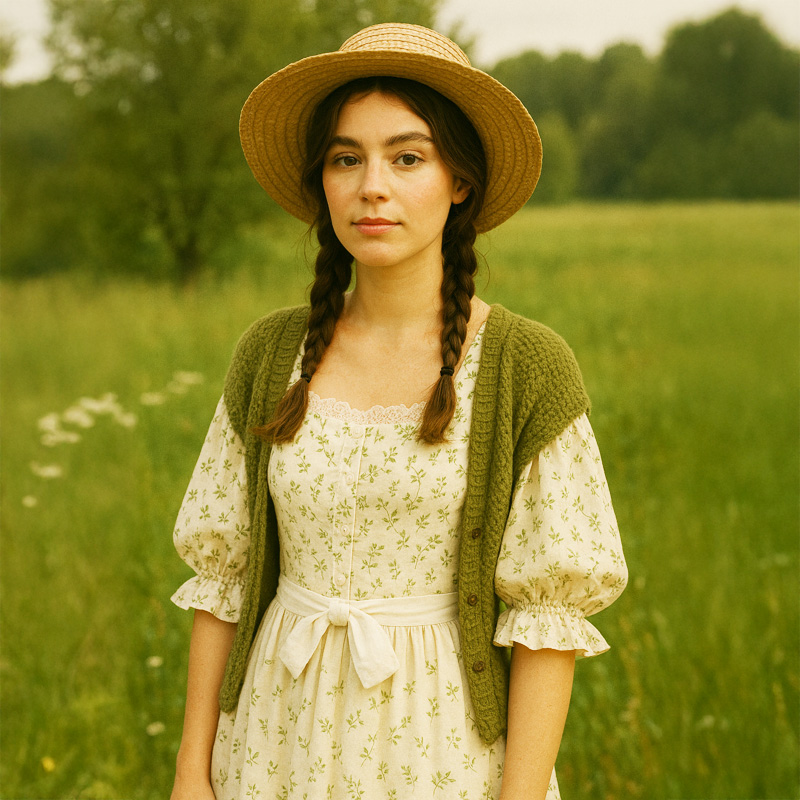
Cottagecore: Cozy Fantasy as Fashion
My daughter has reached that age (9) when she’s suddenly all about the “aesthetic” and the “fits.” Gen Z is the undisputed master of aesthetics, and the internet (especially TikTok, Pinterest, and Tumblr) has spawned an ever-expanding galaxy of them. Each one is like a tiny self-contained world—with its own colors, vibes, fashion, music, and emotional…
-
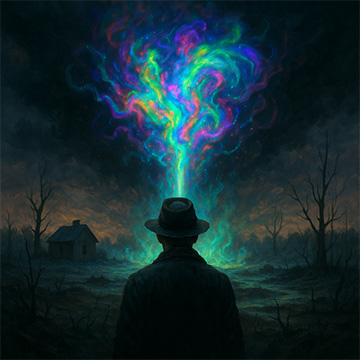
Eldritch Horrors
I was rewatching HBO’s Chernobyl, a five-part miniseries dramatizing the 1986 nuclear disaster, with my oldest son, who hadn’t seen it yet. If any scenario captures my idea of hell itself belching out of its bindings to vomit suffering on the earth, it’s a broken nuclear core. Last time I watched it, I was outlining sequels…
-

Dictating a Novel – Why?
This Nanowrimo, I’m going to use a lot of dictation to work on my novel. This isn’t something I started just for Nano. I’ve been training myself to do more writing through dictation for about a year now. It’s not been easy for me, I’ll be honest. I’m not the kind of person who thinks…
-
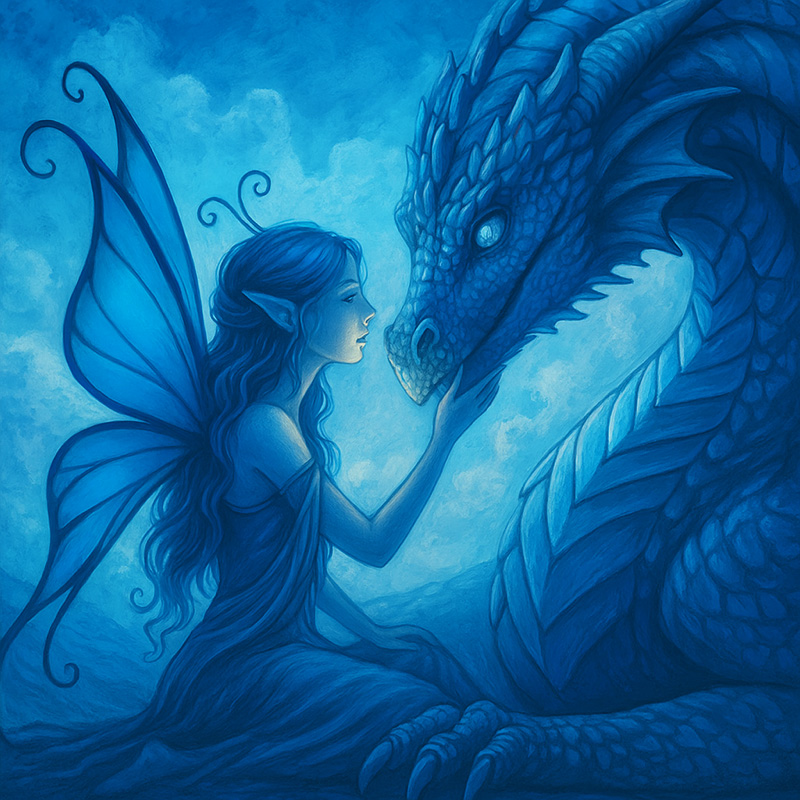
Should you join Nanowrimo if you’re in the middle of writing a book already?
We all know that if you’ve never written a novel before, November has become the month to start, thanks to Nanowrimo. But what if you have written a novel before–or at least, already started one? What if you’re already in the middle of writing a novel? Is it useful for you to join in all…
-

Moving to Minds
I’m currently not blogging, but I am trying to freshen up this website, so the links and images all work. I’ll be cycling through broken links slowly, as I have time. On Social Media, you can join me on Minds: https://www.minds.com/TaraMaya I know, I know…a new social media site?! I am still on Twitter and…
-
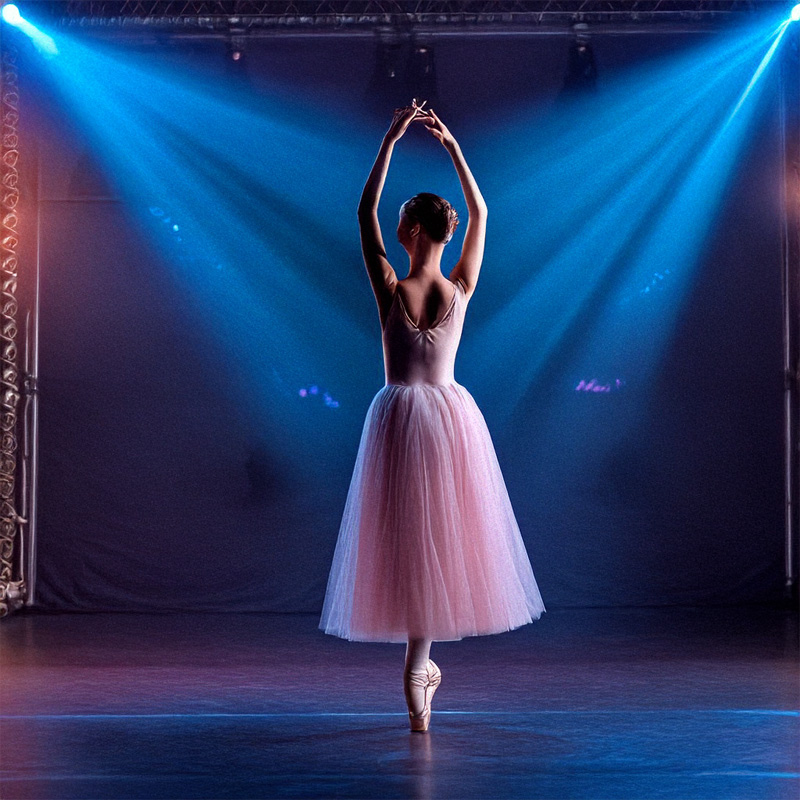
9 Essential Elements of a Scene
Some scenes are easy to write. They just flow naturally from the scene before. They seem to pour out of your fingers.You know the kind of scene I mean. It’s easy to write from beginning to end, it has a natural arc, it has a natural conflict. I love writing scenes like that. I’m sure…
-
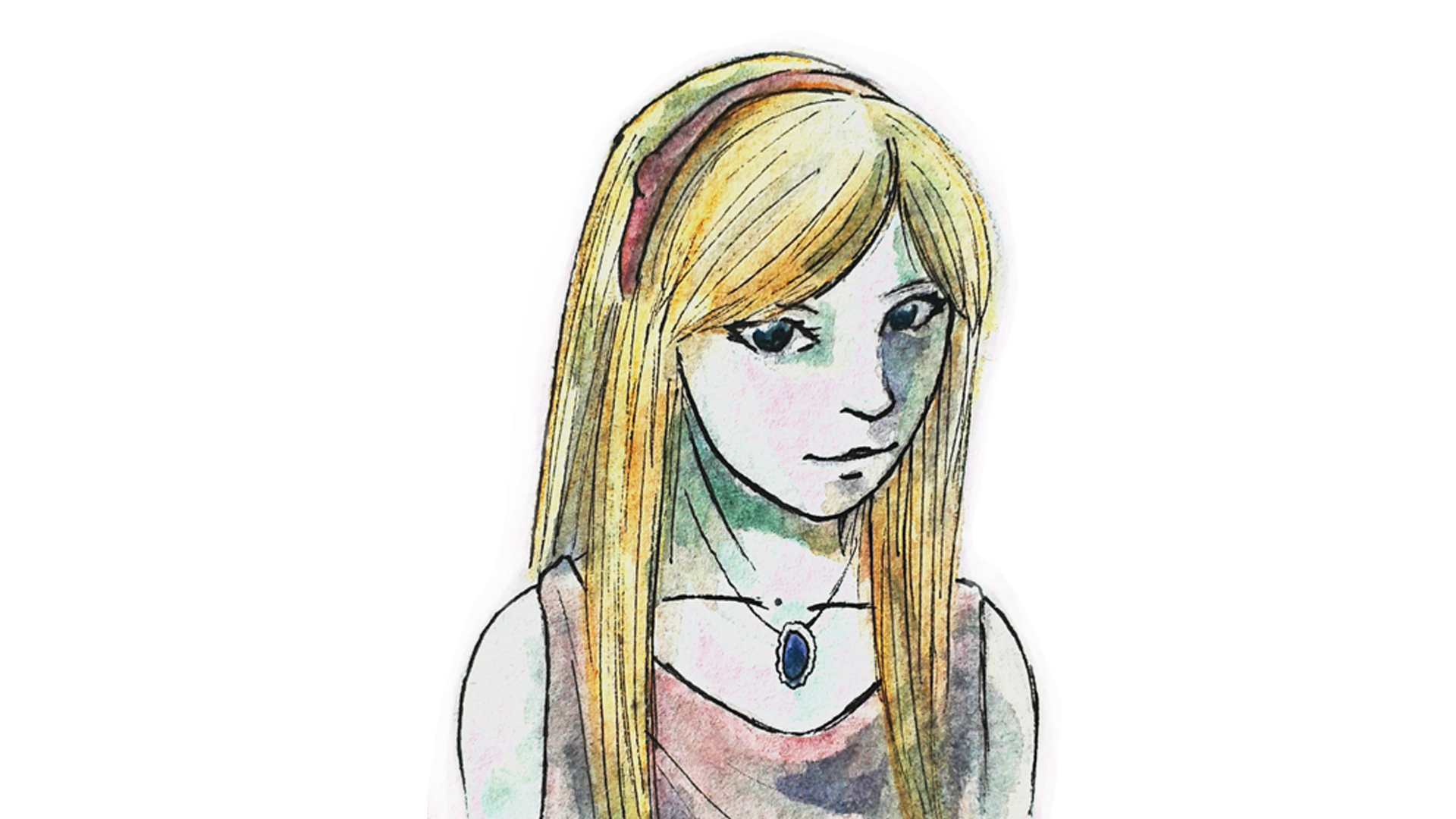
I’m Back At Work Writing, Blogging…and now Vlogging
I’m back from maternity leave and I’ll be popping up on my blog and on YouTube. I’m writing full time again…YAY! I’m so excited and pleased to be back in the saddle. In a fit of enthusiasm, I vowed to start vlogging every day, and, indeed, recorded a week’s worth of material in…
-

A Bar in Texas
So I don’t live in Texas (or close enough to drive there, unfortunately) but I keep finding fun things there that make me just a little jealous. Take for instance, the movie theater chain Alamo Drafthouse. This is a really awesome theater, stadium seating and small tables, where you can have a meal while you…
-
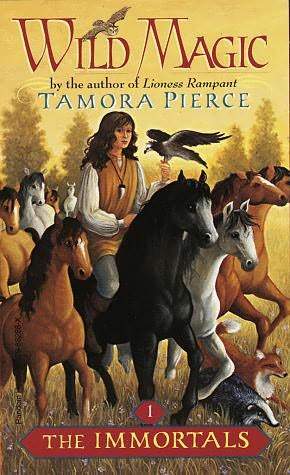
The Immortals: Wild Magic by Tamora Pierce
Another amazing series from one of my favorite authors of all time, this time centering around a strange girl from the wild who has a talent with animals. Daine manages to get a job in the stables of the same royal palace that Kinght Alanna trained and serves at. But she has a terrible secret. Daine’s unique…
